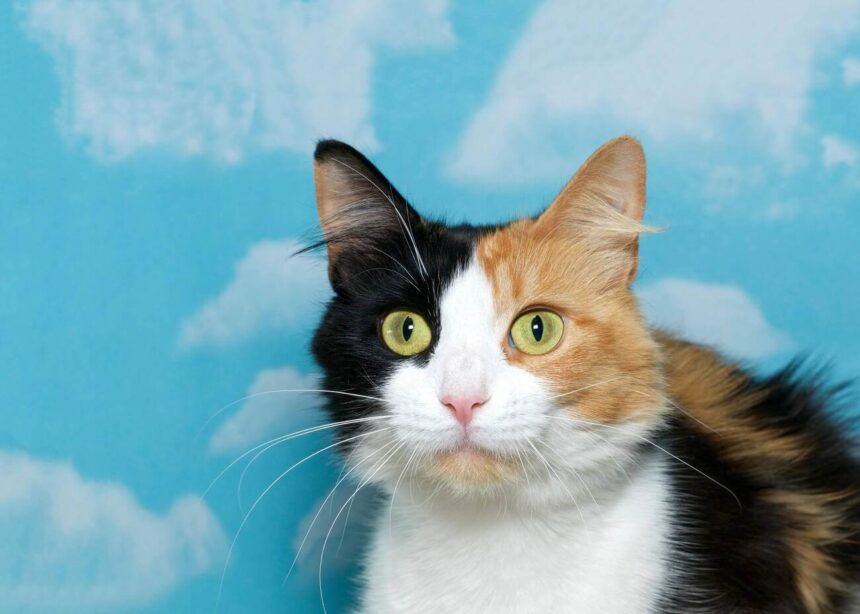Ever wondered why are all calico cats female? Is it their stunning patchwork of orange, black, and white fur? Or maybe their sassy, independent vibes? Here’s the kicker—calicos aren’t just rare; they carry a mind-blowing genetic secret that has sparked debates, curiosity, and even myths. If you’ve heard the classic line, “All calico cats are female,” you’re probably thinking, Wait, is that really true?
Well, grab your catnip tea and settle in because we’re about to dive into the dazzling world of calico cats. Spoiler alert: the truth involves a wild ride through cat genetics, some surprising exceptions, and plenty of “aha!” moments. Let’s unravel the mystery of calico cats and see if that popular saying holds up!

What Makes a Cat Calico?
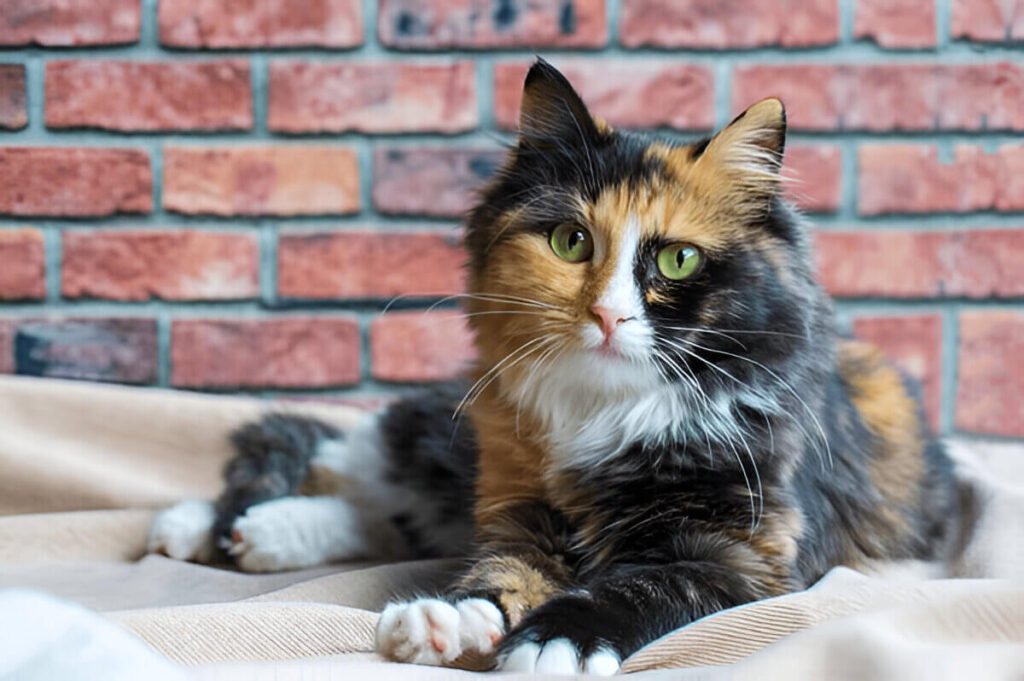
Before we answer the million-dollar question, let’s figure out what actually makes a cat “calico.” Calico isn’t a breed. Nope, it’s all about that fur color combo. These cats have three main colors:
- White (the neutral backdrop, if you will)
- Black or gray (the dark, mysterious vibes)
- Orange or tan (bringing the sunshine energy)
These colors don’t show up in neat little stripes like tabbies or solid blocks like tuxedo cats. Nah, calicos are chaos—in the best way. Their patches of color are totally random, like a Picasso painting but fluffier.

The Genetics Behind Calico Cats
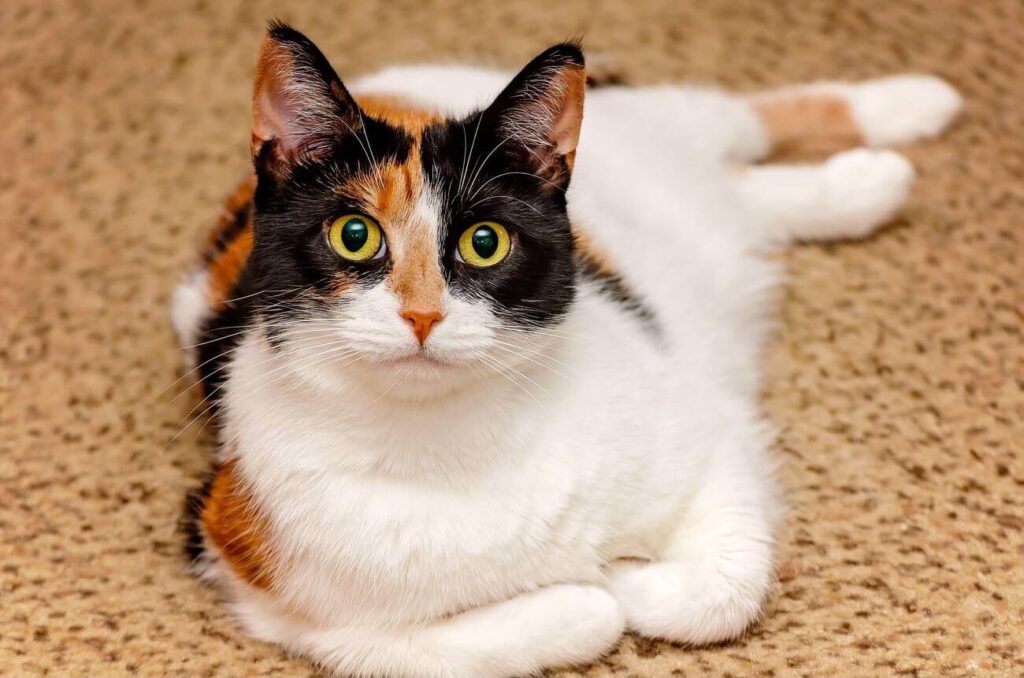
Here’s where it gets juicy. The reason most calico cats are female comes down to chromosomes.
Cats, like humans, have sex chromosomes that determine their gender.
Male cats: XY
Female cats: XX
Here’s where it gets spicy. The orange and black coat colors in cats are linked to the X chromosome. Each X chromosome can only carry one color gene. So:
- One X = black
- The other X = orange
Female cats have two Xs, which means they can rock both colors at the same time. Add some white (from another gene entirely), and boom—you’ve got a calico.
But wait—what about male cats? They’ve only got one X. So, unless they’re working with a genetic twist, they don’t have the hardware to make that calico magic happen.

Wait, Are All Calico Cats Female?
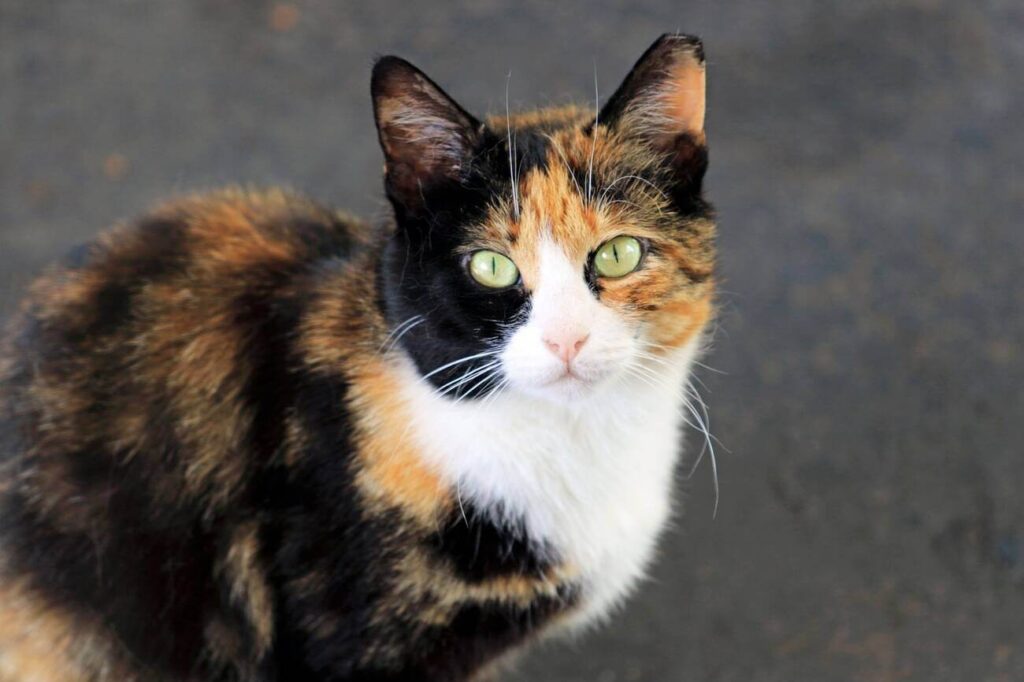
Okay, here’s the tea: Almost all calico cats are female. Like, 99.9% of them. That’s because of the whole two-X-chromosome thing we just talked about. But—and this is a big but—there are some rare male calicos out there. They’re like unicorns in the cat world.
These male calicos have a genetic condition called Klinefelter syndrome. Basically, they have an extra X chromosome (XXY). This rare combo lets them display both black and orange fur along with the white patches.
The XXY Situation
Sometimes, male cats can have an extra X chromosome, making them XXY instead of the usual XY. It’s a condition called Klinefelter Syndrome (yeah, cats can have it too).
These rare boys can end up with the calico pattern that lets them display both black and orange fur along with the white patches. Because now they’ve got the two X chromosomes needed to pull it off.
But don’t get too excited; male calicos are usually sterile and might have some health issues. so don’t count on them to pass on those rare genes.

How Rare Are Male Calico Cats?
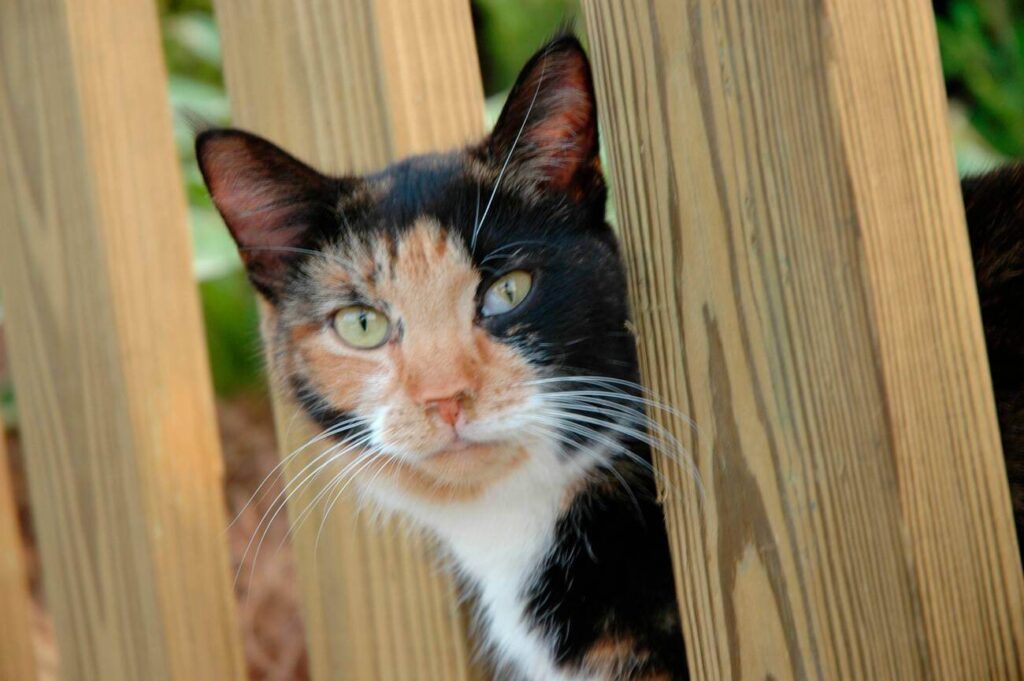
Rare as heck. To put it into perspective, for every 3,000 calico cats, only one of them is male. So, if you ever come across a male calico, you’re basically meeting a feline lottery winner. Go buy a scratch-off ticket while you’re at it.

Do Calico Cats Have Unique Personalities?
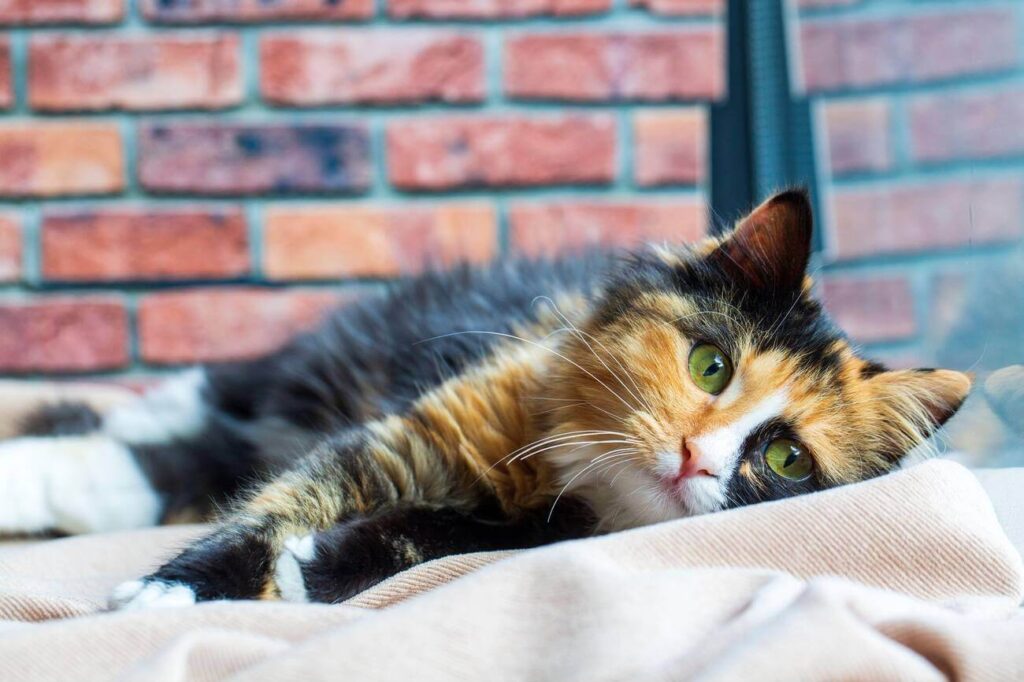
Some folks swear calicos have “cattitude.” They’re sassy, independent, and full of personality.
While there’s no scientific proof that coat color affects behavior, anyone who’s met a calico knows they’ve got a certain vibe. Maybe it’s the confidence that comes with being so unique. Here’s what you can expect:
Sassy Queens
Calicos are known for being spunky, opinionated, and maybe a little dramatic. Like, if your calico could talk, she’d probably have a reality show.
Affectionate
Don’t let the sass fool you. Calicos are cuddle bugs when they’re in the mood. One second they’re giving you side-eye, and the next, they’re purring on your lap like you’re their whole world.
Super Smart
People swear calicos are smarter than your average cat. Is it true? Maybe. Maybe not. But hey, we’re not about to argue with anyone who worships their whiskered overlord.

Adopting a Calico Cat
Thinking about adding a calico to your family? Here’s what you should know:
They’re Not Breed-Specific: You can find calicos in shelters, rescues, and all over. Don’t be surprised if your local shelter has a few waiting for their forever homes.
Health: Female calicos are generally as healthy as any other cat, but those rare male calicos might need extra care.
Compatibility: Calicos can be affectionate and loving, but they’re also known for their spirited personalities. Be ready for a cat with opinions.
Naming Ideas: With their unique looks, calicos deserve special names. How about Patch, Autumn, or Picasso?

Calico Cat Price: What’s the Damage?
If you’re adopting from a shelter, a calico won’t cost more than any other cat—usually between $50 and $150. But breeders may charge anywhere from $200 to $2,000 for purebred calicos (especially rare breeds). Here’s what drives the price:
- Rarity of Male Calicos: These guys are unicorn-level rare, so they might cost you a pretty penny.
- Breed-Specific Calicos: Want a Maine Coon or Persian calico? That’ll bump up the price.

Myths About Calico Cats
Let’s bust some myths while we’re here:
Myth: All calico cats are the same breed.
Truth: Calico is a color pattern, not a breed. You can find calicos in various breeds like American Shorthairs, Persians, and even Maine Coons.
Myth: Male calicos are lucky charms.
Truth: While rare, male calicos don’t necessarily bring extra luck—but they sure are special.
Myth: Calicos are harder to care for.
Truth: Nope. Calicos need the same love and care as any other cat. Just don’t forget the snacks.

Why Do People Love Calicos So Much?
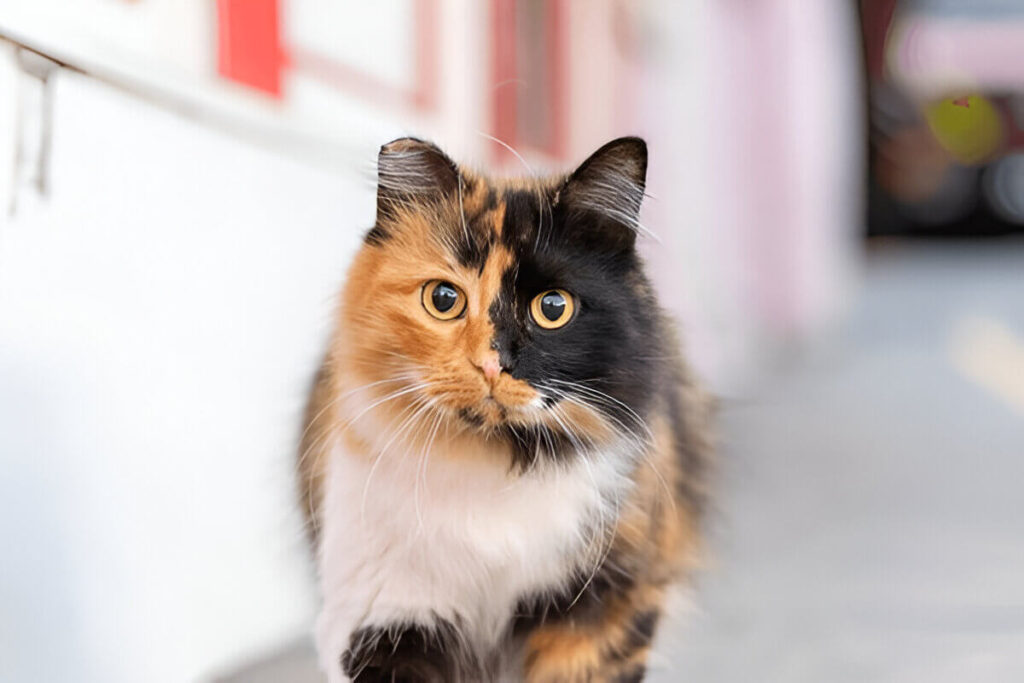
Honestly, what’s not to love? Their coats are like tiny works of art, and their rarity makes them feel extra special. Plus, who doesn’t want a cat that’s basically the feline version of a four-leaf clover?

Calico Cats in Different Cultures
Calicos aren’t just pretty faces; they’ve got a rep. In many cultures, these cats are seen as symbols of good luck and prosperity.
In Japan, they’re called “mi-ke,” which means “three fur,” and they’re thought to bring good fortune. Ever seen those little waving cat statues (maneki-neko)? Yep, a lot of them are modeled after calicos.
In the U.S., calicos are sometimes called “money cats.” Why? Because they’re rare and valuable. Plus, who wouldn’t feel richer with a stunning calico lounging around?
In Ireland, Calicos are thought to ward off fires. Practical and stylish!

FAQs
Are Calico Cats Rare?
It depends on how you define “rare”:
- Female Calicos: Fairly common. You’ll find them in shelters and households worldwide.
- Male Calicos: Extremely rare, occurring in about 1 in 3,000 calicos.
Why Are Calico Cats Female?
The secret lies in their genes, specifically the X chromosome. Orange and black fur colors are linked to the X chromosome, and since females have two Xs (XX), they can display both colors. Add in a gene for white patches, and voilà—you’ve got a calico.
Male cats, on the other hand, have one X and one Y (XY), so they don’t have the genetic setup to rock the calico coat—unless they have an extra X chromosome (XXY).
Are Orange Cats Always Male?
Not always, but most orange cats are male—around 80%. This is because the orange color gene is linked to the X chromosome, and males only need one X to display the orange coat. Females, with two Xs, need both to carry the orange gene, which is less common.
Are Orange Cats Always Female?
Nope! In fact, female orange cats are the rarer ones. Since females need both X chromosomes to have the orange gene, they make up only about 20% of all orange cats.
Are Tortoiseshell Cats Always Female?
Almost always, yes. Like calicos, tortoiseshells get their coat pattern from two X chromosomes. Male tortoiseshells are incredibly rare and usually have an extra X chromosome (XXY).
Are There Any Male Calico Cats?
Yes, but they’re super rare. Male calicos are genetic anomalies, usually born with an extra X chromosome (XXY).
Are Calico Cats Always Sterile?
- Female Calicos: Not sterile—they can have kittens just like any other cat.
- Male Calicos: Almost always sterile due to their genetic abnormality (XXY chromosomes).
How Rare Is a Female Calico Cat?
Female calicos aren’t rare at all. In fact, they’re the most common type of calico.
Why Are 99% of Calico Cats Female?
The simple answer is genetics. The orange and black coat colors are linked to the X chromosome. Females (XX) have two X chromosomes, so they can display both colors. Males (XY) only have one X, so they typically don’t have the genetic capacity to be calico unless they’re XXY, which is rare.

So, Are All Calico Cats Female?
To wrap it up: Almost all calico cats are female. It’s a fascinating blend of genetics and nature that makes them so unique. But those rare male calicos? They’re out there, reminding us that exceptions to the rule are what make life—and cats—so dang interesting.
So, next time you spot a calico cat, give them a little extra love. Whether they’re male or female, they’re one-of-a-kind—just like you.



